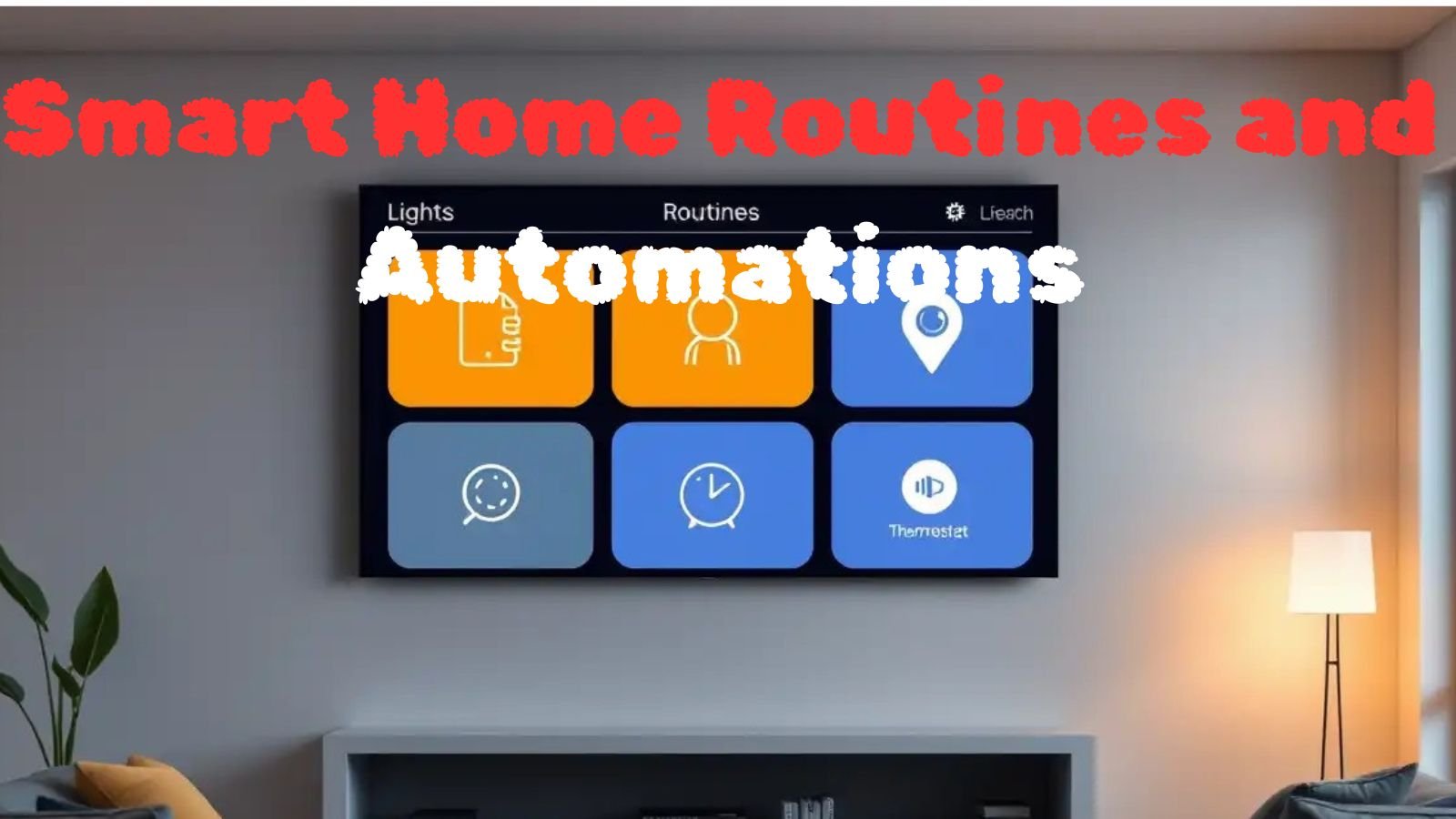Step-by-Step Guide: Creating Routines and Automations in Smart Homes
Streamline your smart home experience with our complete automation setup guide
Why Smart Home Automations Matter
Smart homes are transforming everyday living by automating lighting, climate control, security, and appliances. With well-designed smart home routines and automations, you can save time, enhance security, and improve energy efficiency.
If you’re new to smart homes, we recommend starting with our Ultimate Smart Home Setup Guide.
Step 1: Choose a Smart Home Ecosystem
The first step in creating automations is selecting a reliable smart home ecosystem. Popular platforms include
- Amazon Alexa
- Google Home
- Apple HomeKit
- Samsung SmartThings
Your ecosystem determines which devices you can integrate and how routines are created.
Step 2: Identify Devices to Automate
Start with smart devices you already own, such as
- Smart bulbs or lighting systems
- Smart thermostats (e.g., Nest, Ecobee)
- Smart plugs and outlets
- Security cameras and doorbells
If you’re unsure where to begin, check our guide on Top 10 Smart Devices for Beginners.
Step 3: Understand the Difference Between Routines and Automations
Routines are scheduled or triggered actions like “Turn on lights at 6 PM.”
Automations are event-based actions, like “If the door opens, turn on the hallway light.”
Most smart home apps let you combine routines and automations for flexible control.
Step 4: Create Your First Routine (Example with Alexa)
- Open the Amazon Alexa app
- Go to “More” > “Routines.”
- Tap “+” to create a new routine
- Set a name, choose a trigger (time, voice, etc.), and add actions (e.g., turn on lights)
Example: “Good Morning” routine that turns on the lights, plays the news, and adjusts the thermostat.
Step 5: Explore Advanced Automations (Example with Home Assistant)
For more powerful automations, platforms like Home Assistant allow multi-device, multi-condition workflows.
Example: When motion is detected after 10 PM AND lights are off, THEN turn on hallway lights at 30% brightness.
Step 6: Use Sensors to Automate Smartly
Sensors add intelligence to automations:
- Motion sensors: Auto-lights or security alerts
- Door/window sensors: Notifications or thermostat control
- Temperature sensors: Adjust the smart thermostat or fans
Step 7: Test, Refine, and Monitor
Smart home automations aren’t “set and forget.” Always test routines after creating them. If something doesn’t work:
- Check device connectivity
- Review triggers and actions
- Update your app or firmware
Use smart dashboards (like on control panels) for real-time monitoring.
Bonus: Smart Home Routine Ideas
- Wake-up Routine: Lights on slowly + coffee machine starts + weather update
- Bedtime Routine: Lock doors + turn off lights + activate security system
- Vacation Mode: Random lights on/off to simulate presence
For more examples, see our Smart Automation Examples post.
Smart Home Automation Best Practices
- Start simple, then expand gradually
- Name your devices logically (e.g., “Living Room Lamp”)
- Secure your network with a strong password and VLANs for IoT
- Use routines to enhance energy savings
- Involve family members in setting up useful automations
Recommended Smart Home Tools and Apps
Apps to enhance automations:
- IFTTT (If This Then That)
- Amazon Alexa/Google Home
- SmartThings/Home Assistant
Devices from trusted brands like Philips Hue, Aqara, TP-Link, and Ring enhance compatibility and performance.
Final Thoughts
With the right setup, smart home routines and automations can significantly upgrade your quality of life. Whether you’re automating morning routines, lighting, or security, the key is to start small and keep testing.
Want to automate your home from scratch? Visit our complete Smart Home Guide hub for more in-depth tutorials.

